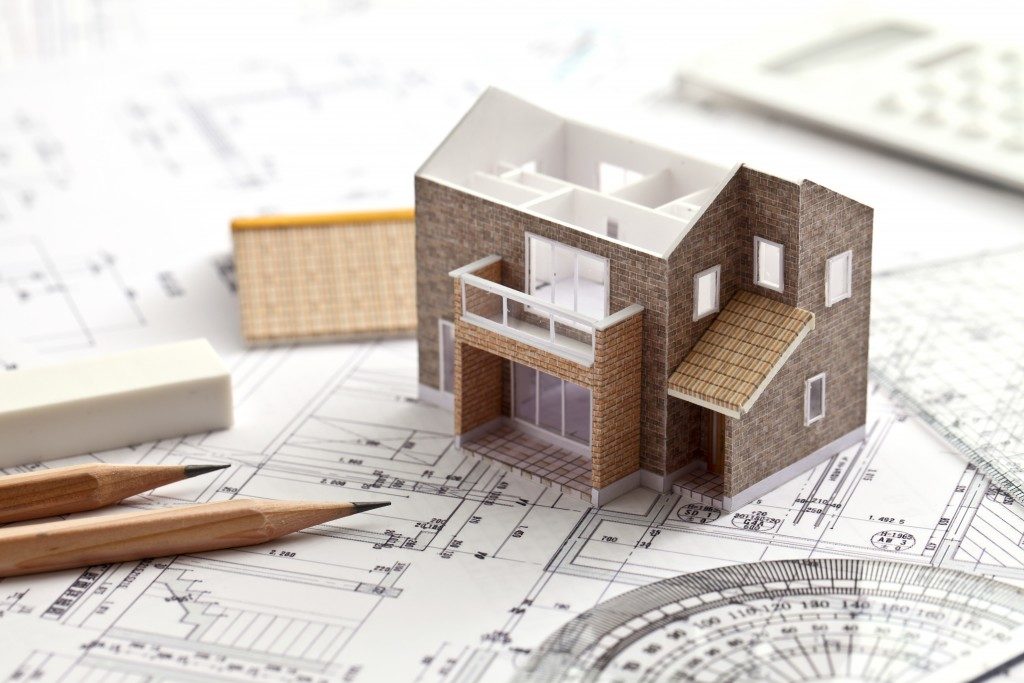The Philippine construction industry is booming, and growth has been continuous for several years now. However, this sector still shows resistance to adopting some software innovations that can improve the efficiency and outcomes of projects.
Building information modeling (BIM) is a 3D model-based, collaborative approach that has brought many benefits to top businesses and contractors in construction, architecture, and engineering. However, the latest studies show that the use of BIM is far from widespread in the country. Only a third of Philippine respondents in the construction industry has embraced the use of BIM, and another full third are not aware of the model.
If you are still wondering whether it’s an excellent decision to use BIM for your next construction project, read on.
3D Simulation
One of the most significant benefits of modern BIM software is the ability to render your construction site in 3D. By making use of aerial imagery and satellite data and layering that with scans of infrastructure already in place, the 3D model serves as an accurate capture of site reality, containing more information and conveying it in a more accessible way than traditional 2D plans.
With an accurate 3D model of your site, you’ll benefit from better-informed decisions as early as possible. For example, before calling your distributor, you’ll know with certainty if an articulated hauler or a rigid dump truck is what you need. You can model and anticipate on-site clashes or conflicts, which can happen with electrical conduits or ductwork. And your team will share this information through the application database, which can even be uploaded to the cloud for improved collaboration throughout the project.
Also, BIM’s capabilities for collaboration include author attribution. Any changes to the design can be traced to the individual/s responsible. From an administrative perspective, this eliminates delays in the resolution of disputes and smoothens out stakeholder meetings and progress reports.
Time management
 Time is often cited as the fourth dimension in a construction project. Traditional models of project management call for initial schedules to be laid out. They must be revisited continuously and amended based on the latest data from the field. These updates must then be cascaded to all stakeholders involved.
Time is often cited as the fourth dimension in a construction project. Traditional models of project management call for initial schedules to be laid out. They must be revisited continuously and amended based on the latest data from the field. These updates must then be cascaded to all stakeholders involved.
By incorporating the schedule data into your model, BIM enables everyone to stay updated and aware of immediate needs as well as upcoming events. It simplifies the project manager’s task of monitoring everything from the top level by streamlining updates between the back office team and on-site workers.
Simulating time as part of your project’s development can also provide an opportunity to manage the scheduling of activities such as demolition and road closure, which entail traffic management. This benefits the public, improves the perception of your project, and increases the efficiency of personnel and equipment movement at your site.
Budget
You can expand BIM to include your budget and incorporate data tied to costs. Having this information in your model gives you a dynamic view of budget changes and adjustments, which is essential to your role as the project manager.
Ultimately, construction projects start with a plan and finish with building an agreed-upon result. The project manager’s job is to get there within the constraints of time and budget. Taking advantage of modern BIM technology is a leap toward efficiency and collaboration.




